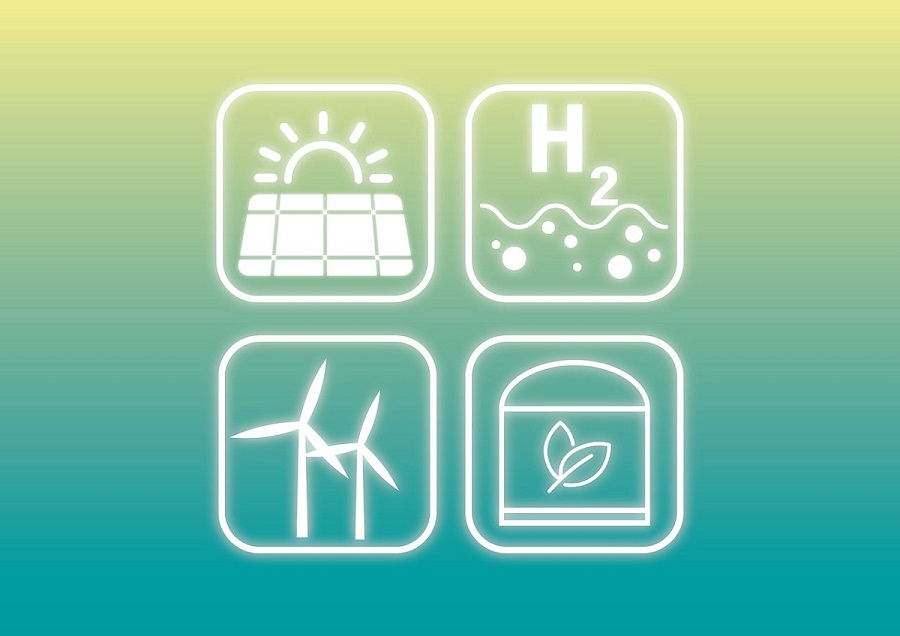German Economy Minister Robert Habek has called for a reduction in the country’s gas consumption after Russia cut gas supplies to the European Union in response to sanctions imposed by the Union. According to him, it is possible for entire industries to stop due to a lack of gas. The reduction of Russian gas imports was previously defined by the Union at the policy level under the REPowerEU plan, which envisages a reduction in imports of about 100 billion cubic meters.
It is more and more certain that the process of developing new renewable and alternative fuels will be in focus in the next period. Although interest in investing in renewable sources is growing worldwide, challenges remain to find new green energy sources that can replace gas, coal, and other fossil fuels in industry.
Green hydrogen is already targeted as the fuel of the future. It is green hydrogen that is a possible energy substitute for heavy industry. The development of technologies for obtaining green hydrogen is taking place at an accelerated pace. Support for this process is not lacking even from policymakers, who clearly define a time frame of 10 years, a period in which green hydrogen will be part of the energy mix.
Companies, international lenders, and investors are already interested in investing in projects to produce green hydrogen from renewable energy sources. This year, the production of green hydrogen has doubled, compared to 2020. Globally, green hydrogen exceeds 250 GW. The interest but also the potential for obtaining green hydrogen in the near future is great. According to the list of the largest started projects for green hydrogen, the plans for most of them are going to be completed by 2030 or by 2040 at the latest. From the current point of view, energy projects are the near future and a serious amount of green hydrogen that can be counted on.
By the end of this decade, the construction of the largest green hydrogen plant with an installed capacity of 20 MW in Canada, on Air Liquide, will be completed. The HyDeal Ambition green hydrogen project, with an installed capacity of 67 GW of green hydrogen, is expected to be completed by the end of 2030. 95 GW of solar energy will be used to obtain it. This project is based in several EU countries, namely Spain, France, and Germany.
In addition to this project in the EU, the realization of the project NortH2 with an installed capacity of about 10 GW is underway. The plant is located in the north of the Netherlands and will be powered by green offshore wind energy. Investors of this troika are several large energy companies, Shell, Equinor, RWE, Gasunie, and Groningen Seaports. According to the plan, the project will be fully completed in 2040, and 1GW should be ready by 2027. The green hydrogen from this stop will be used for heavy industry in the Netherlands and Germany. The Reckaz project in Kazakhstan should be completed in 2028. Nearly 3,000,000 tons of green hydrogen is expected to come from 45 GW of wind and solar power. Two major green hydrogen projects are underway in Australia. Western Green Energy Hub where green hydrogen or electrolyzers with a capacity of 28GW are expected, for which solar power plants and windmills with a capacity of about 50 GW will be installed.

